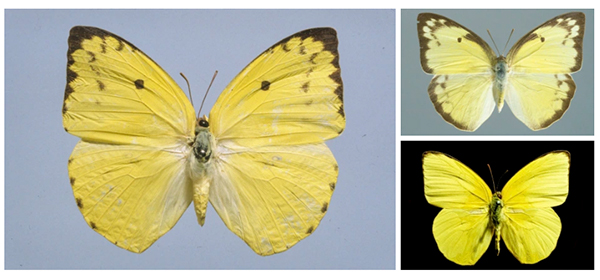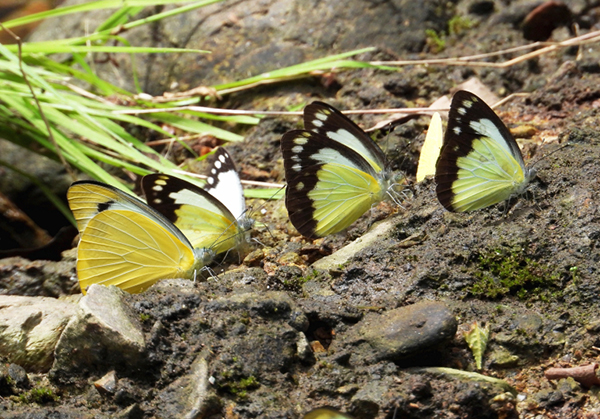Entomologist Dr Chris Burwell’s musings on butterflies, Queensland Museum Blog, 7 April 2020
Have you noticed butterflies everywhere for the last couples of months?
There has been a great variety of different species and well as exceptional numbers of a few species. Fast-flying, yellowish-green Lemon Migrants and more leisurely, black and pale-blue spotted Blue Tigers have been especially common.

The recent weather has been ideal for butterfly breeding. Drought conditions throughout spring and summer were followed by a very wet February. Plants flourished after the drought breaking rains and this was great for butterflies whose caterpillars munch on fresh leaves.

When fully grown the caterpillars transformed into pupae and eventually emerged as butterflies – lots of butterflies. Every year butterflies are more common in the warm and wet months of the year, but this year has been exceptional.
Why so many more butterflies this year?
I have a theory. Not only did the rain favour more butterflies, but so did the drought. At the end of the drought butterfly numbers were low, but the same was true for their parasites and predators. Growing up is a very risky business for butterflies; the eggs and caterpillars are parasitised by wasps and flies and eaten by all manner of insects, spiders and birds. When the drought broke the butterflies got the jump on their natural enemies and many more caterpillars survived to turn in beautiful butterflies.
Do you have a butterfly photo of video to share? Or have a question about what types of butterflies are in your yard? Contact the team at the Discovery Centre to find out.

